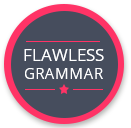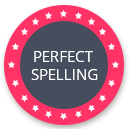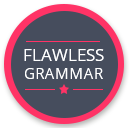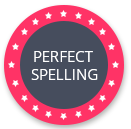The first part of the sentence gets important with colon’s help, the relevant information is delivered with the help of the second one but you always need the first one to express that. Nowadays the colon punctuation mark is used to make the lists or for sentence ideas separation to blocks. As known, the colon (:) as a punctuation mark plays a great role in grammar, ensuring your message is appropriately structured and understood and you can always check the usage of colons with the help of online colon checker. Simple vertical like of two dots is used for multiple of purposes, including mathematics, programming cartography, and other disciplines.
With ratios or titles, subtitles and books colons mark is used, it’s depicting the publisher and the city in the bibliography, you can find it in Biblical citations, in British English and American English as well. The colon is used for introducing the speech. The following example is from the grammar book The King’s English:
- Benjamin Franklin proclaimed the virtue of frugality: A penny saved is a penny earned.
This form is still used in written dialogues such as in a play. The colon indicates that the words following an individual’s name are spoken by that individual. The colon is a basis for making the emoticons, with the help of a semicolon you can express certain feelings and make up a facial expression in combination with other punctuation marks.
Alternative Uses Of Colon
There are alternative uses of colons in the variety of spheres, bets you didn’t know them. Did you? Vote for “yes” if you did, vote for “no” if you didn’t! Find out how many people knew about those too!
Q: 1. How do I use colon with quotation marks?
A: In complete sentences the colon is generally used before the quotation to introduce it but in the case when before the quotation used the verb that indicates that someone is uttering the words, it is better to use a comma instead, those words include “says,” “said,” “states,” “asks,” and “yells.”
Example:
- Thoreau ends his essay with a metaphor: “Time is but the stream I go a-fishing in.”
Q: 2. What should I use colon or comma?
A: The colon is mainly used with lists mentioning and introducing the block quotations, while the comma is used for separating the items in the list and parts of the sentences, the below-mentioned examples illustrate the cases:
Examples:
- We have developed this rule: make your homework and then go to the party.
- We have developed this rule, but she still doesn’t make the homework.
Q: 3. Which should I use in texting colon or semicolon:
A: The aim of the colon is an introduction of the citation or defining the list items whereas semicolon is a punctuation mark that is used for indicating the pause or between two clauses in the sentence.
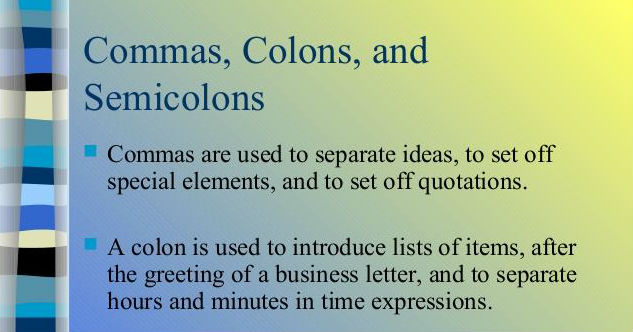
image credit: pinterest.com
Example:
- Nancy checked the temperature: it was around 30 degrees outside.
It may seem that differences are too subtle for being noticed easily but as you know, the semicolon is also signifying a pause and the next clause is related to the first one quite strongly (Nancy checking the temperature), that’s why it’s a better idea to use a colon instead of a semicolon.
Also, the semicolon joins the things of equal importance while the colon can join subjects of equal and different importance at the same time. It appears to be possible to join the main clauses for the colon and semicolon, but the main clause can be only joined to the noun with the help of the colon. In the following example, you can see how different the two sentence parts are so we can’t substitute the colon with a semicolon here:
Example:
- Jane hasn’t visited only one friend: Jake.
Q: 4. Сolon vs dash. Which is better in sentences?
A: Dash is a dramatic punctuation mark, think of it as the way to interrupt yourself when you need to focus attention on something or specify explain something. Sure enough, the same thing could be manageable with a colon but sometimes you don’t want to sound so formal, that’s when you use a dash, just like in those examples:
Examples:
- I looked at the table and there they were–the cookies on my table.
- We were sitting together– the cookies, my friend and I–and my friend started eating the cookies.
Q: 5. How to use colons in titles?
A: The colons in the titles are used in order to introduce the titles, clarify their composition, provide an emphasis on the certain title element:
Examples:
- Presentation of the U.S. demographic database: 1970–2016.
- The variety of fauna in Finland: 1920–2016.
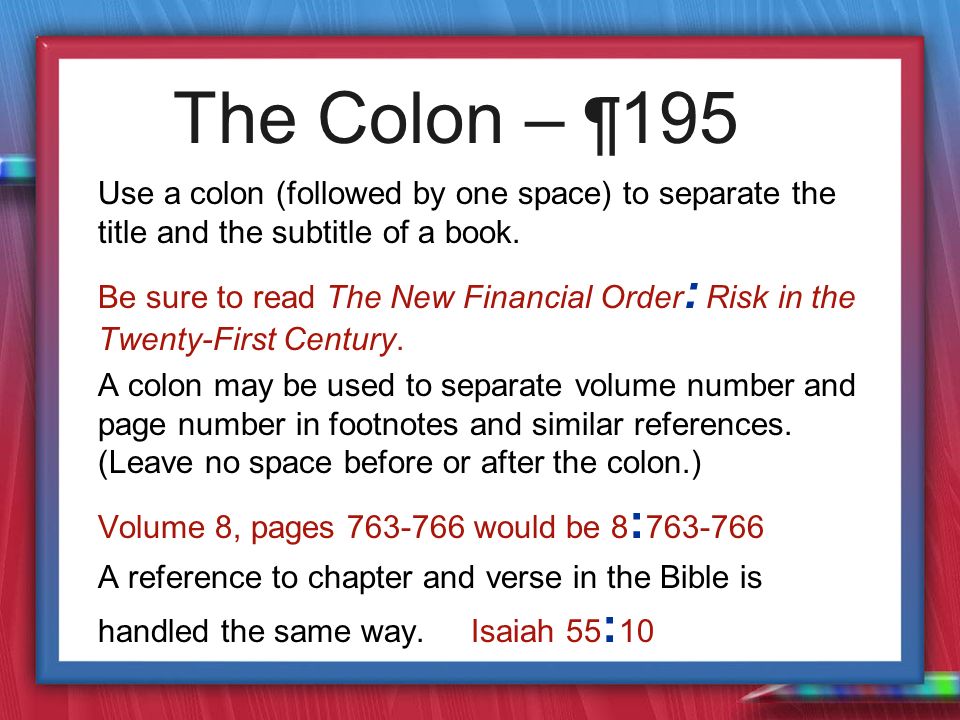
image credit: slideplayer.com
Q: 6. Where to use colons and quotes?
A: There’s a guide that states that you need to use a colon in quotes in case your quote contains more than 6 words, in case when the quote is shorter use a comma.
Examples:
- The Jerry whispered: “Do not worry. The next I’m here, I will bring my own cookies.
- I refused to go to the party but my friend insisted: “We must go anyways. There will be a plenty of cookies.
Q: 7. Colons and lists. How to use colon with listed items?
A: There is no chance of interchanging the colons and semicolons when we speak about using colons in listed items. If the colon is directly following the verb or the preposition in the list try to abstain from using the one because in this case there’s no need of punctuation at all. When you list the items – the one per line, one after another, you may capitalize or may not, the ending punctuation is optional as well as you list single words or phrases that are numbered or arranged with bullet points. You may use the colon for series of items, there’s no need to capitalize the item that comes after the colon (unless it’s a proper noun).
Examples:
- You knew what to do: eat.
- We were required to leave at the entrance all personal things: guns, drugs, alcohol.
- Include the following items to bake the cookies: butter, water, sugar, and flour.
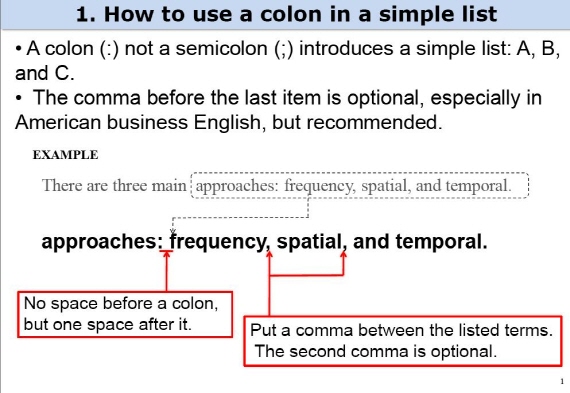
image credit: pinterest.com
Q: 8. I use colon with numbered list. Is that okay?
A: You can use a colon along with horizontal lists that introduce numbered or unnumbered items in complete sentences. In case when you have more than 3 items to put on the list it’s better to use commas. Always end the last item of the list with a right punctuation.
Examples:
- 1. Bring the documents (a) birth certificate(b) passport, (c) marriage certificate, (e) death certificate.
- 2.Underline preferable food (a) beef, (b) broccoli, and (c) cookies.
Q: 9. Colon with independent clauses, how to use them properly?
A: When the second clause is related to the first one directly and you can surely say the emphasis is made on the second part you can use a colon for independent clauses separation. As the matter of fact, you can also use the period or a semi-colon for such purposes but the colon will always feel softer than the period and harder than a semi-colon.
Examples:
- He has been studying all day long: His eyes were involuntary closing.
- Sam always wears that banana costume: The daylight gives him a headache.
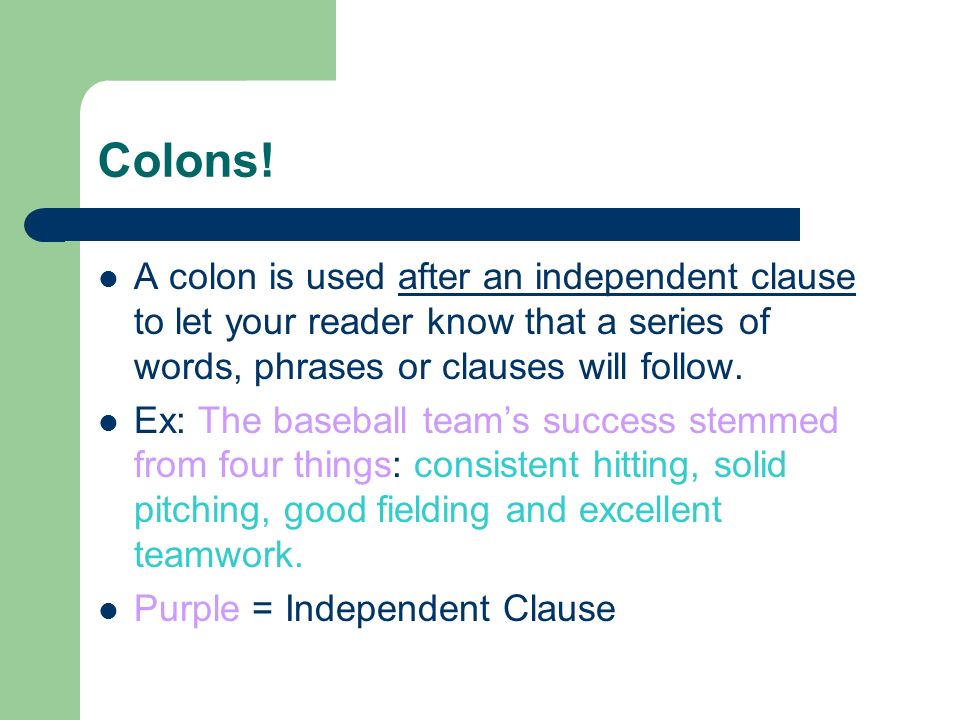
Q: 10. What is misuse of colon?
A: Remember that the misuse of the colon issues are most commonly related to the case when you try to separate it from the noun, an object or the subject from the verb, an object from the preposition or a subject from predicate. Anyways it is considered better to leave the colon where it is than to misuse it at all, even of you are unsure, here’s the example of the incorrect use:
Example:
- The three friends are: Shaggy, Linda, and Scooby.
Even if visually this sentence contains the list the colon use is redundant because the verb is separated from the object. In this case it is better to rewrite the sentence with the independent clause on the one side and the list on another, otherwise just remove the colon at all. Here is the example of the correct construction:
Example:
- There are three of us: Shaggy, Linda, and Scooby.
4 Colon Style Conventions to Follow
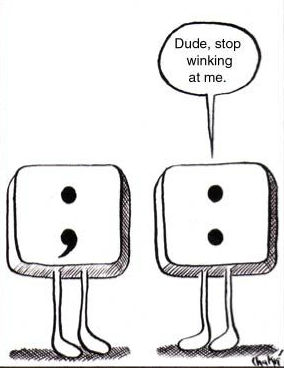
image credit: pinterest.com
1. Make sure you left 1-2 spaces after the colon, be consistent about your choice in the rest of the paragraphs where the colon is used.
2. Let the colon to follow the quotation mark in case of using the quotes in the text.
3. In case of putting the colon right after the text in Italics make it Italicized as well.
4. When you finish the sentence with a colon start a new one after it with a lower case or the upper case – they’re both suitable but keep the style consistent in the rest of the text.
The colon is actually the simplest form of punctuation in the English language because its role is limited to performing only one function – introduction of words, phrases, lists and the quotations. If you keep practicing using the colon in the right places of the sentence it won’t appear to be such a trouble to memorize the usage rules quickly and effortlessly.
